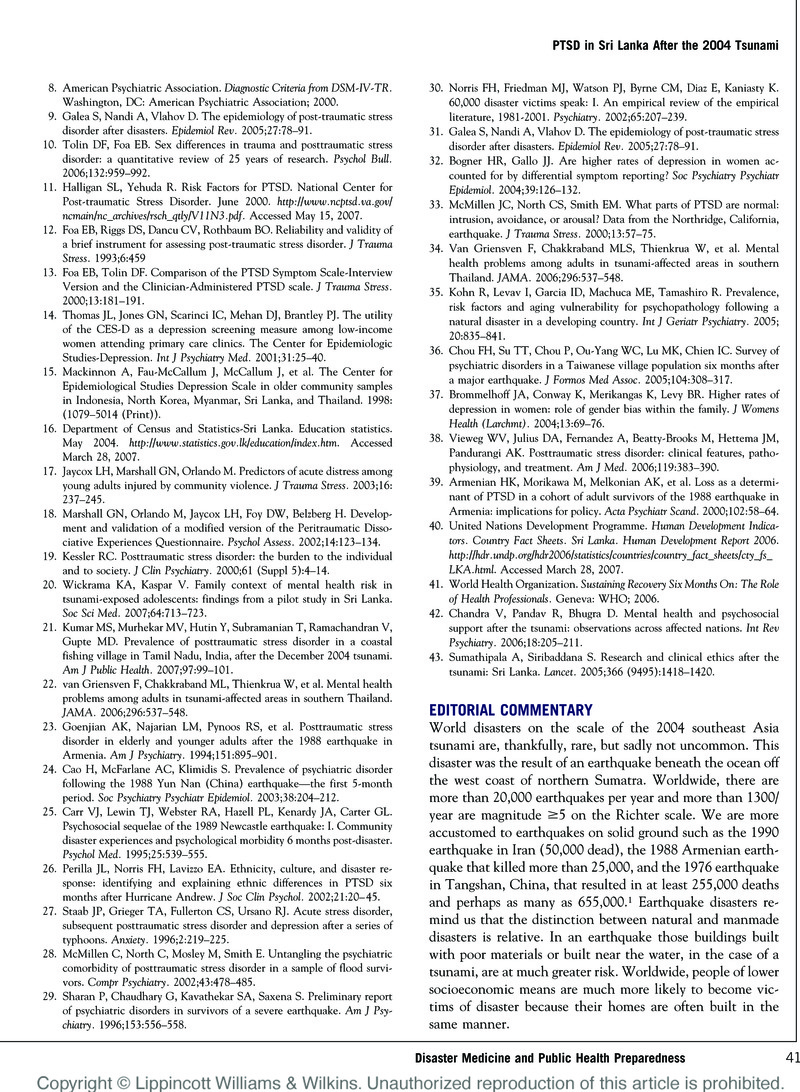Crossref Citations
This article has been cited by the following publications. This list is generated based on data provided by Crossref.
Levy, Becca R.
Slade, Martin D.
and
Ranasinghe, Padmini
2009.
Causal Thinking After a Tsunami Wave: Karma Beliefs, Pessimistic Explanatory Style and Health Among Sri Lankan Survivors.
Journal of Religion and Health,
Vol. 48,
Issue. 1,
p.
38.





